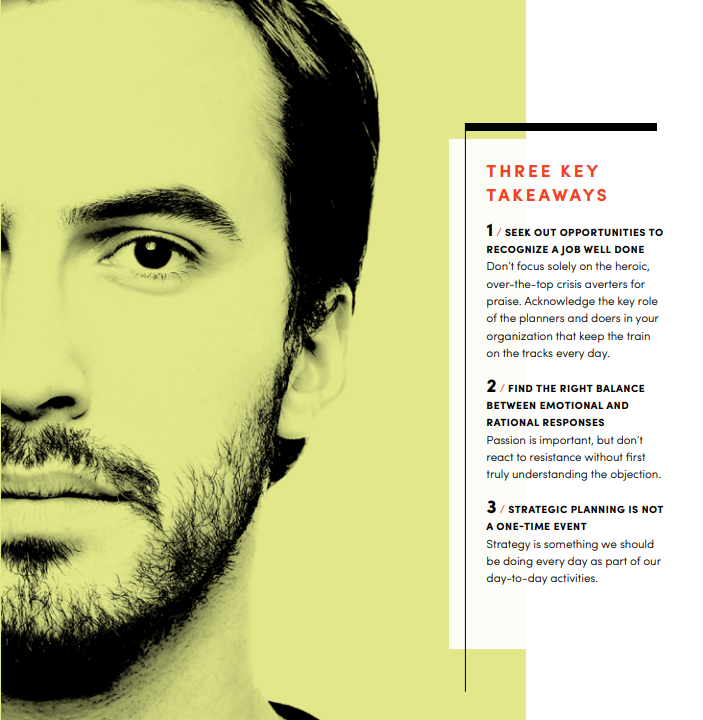I’m not sure the world needs another pontification on leadership strategies complete with bullet points, numbered lists and corporate-speak. But as a former President of a few iconic direct selling brands, and advising and consulting with many other amazing companies both in and outside our channel, I’ve seen a few common blind spots that even seasoned executives can easily overlook.
So, with no bullets or numbers in sight, here are a few suggestions to up your leadership game:
Remember your Power as Leaders
Genuine connection starts at the top. Community within your organization doesn’t live in the company Facebook group or Slack Channels. True community starts in YOUR office—building trust, fellowship and openness with the entire team. We know the importance of recognition to motivate our field leaders, but often don’t employ those same practices in our home offices. Creating a loyal community starts with listening for opportunities to recognize and celebrate contributions at every level. Seek out opportunities to highlight a job well done, no matter how significant or mundane.
But be sure to recognize the right things. Too many times, we recognize those who pulled the all-nighter or fixed a crazy problem while overlooking the planners, the maintainers, the doers—those who keep us ahead of schedule, on-track and help us avoid problems without us ever knowing! Becoming a world-class recognizer will model this behavior for others—you’ll be surprised how fast it multiplies and how positive an impact it can have on your team.
Our teams look to us for all the signals…all the time. Our confidence, our energy, our belief in our mission is all seen, felt and mirrored by everyone around us. Our willingness to approach our business with unflagging optimism, devoid of cynicism, regardless of what’s happening, will mark the difference in morale, retention, referrals and generally happy and high-functioning groups of people.
We don’t get the luxury of a bad day. Well, not more than once or twice a year, anyway! We have a greater obligation to always see the bigger picture and know that we have the power to really impact the quality of lots and lots of people’s lives.

I’ve found that when I can keep my eye on the horizon (metaphorically speaking given my current view of the mountains) and my hand steady on the wheel (to see how many metaphors I can butcher) that my impact as a leader increases tenfold. And a little secret? All that raw determination to remain positive has the most bizarre impact on you, too. Any guesses? Yep…you will BE more positive. And that’s a good thing, no matter what.
Strike the Right Emotional vs. Rational Balance
Guard yourself against overly emotional reactions and responses, particularly when dealing with points of difference between field organizations and the Home Office. You and your team members make short-term and long-term decisions based on what you believe to be the best course of action for your brand. When rolling out change to the field, there will certainly be both advocates and adversaries. It’s very easy to slip into a reactive mode based on a post that someone makes or hearing from the vocal one or three that may be unhappy about the change. Stay calm, stay steadfast.

This also applies internally, particularly when working through significant change. There is the point in any project, rollout, implementation or initiative (insert your word-of-the-day for change here) where everyone wants to bail. Sometimes from exhaustion and sometimes from a kernel of a good reason. As leaders, we should always be thoughtful about and open to pivoting, but sometimes you have to believe enough for everyone.
Reminding yourself that, as a leader, you often have a unique point of view on a project—your vantage point allows you to see things that your team can’t always see. Or perhaps you have a clearer sense of how this thing fits into your overall vision. When dissention creeps in (minor or major) it’s always good to: (apologies for breaking the numbered list thing, but these are more like instructions, so I hope you’ll forgive):
1/ Listen and understand the concern. Really listen, though. Don’t just assume you know what the concern is and formulate your response while they’re talking. I have found that if you first assume that the other person is right and you are wrong, and then listen for proof of that (instead of the other way around) more often than not you will learn something.
2/ Bounce that feedback back against your original assumptions and strategic underpinnings for the project. If true, would it change the outcome? Change your course?
3/ Apply your judgment—calmly, rationally and thoroughly. Have enough confidence to change direction if you genuinely believe it’s the right thing to do. But also have enough confidence not to, particularly in the face of opposition.
4/ Either way, as leaders, we are called on to believe enough for everyone. Cast our vision over and over and over and over again. Focus on what is possible; remind everyone what the future looks like when we reach the goal; and encourage those whose energy is flagging.
Over time, your team will see that you have a balanced approach to feedback. You listen, think, respond and act. Not always in the way they want, but always in a way that thoughtfully considers the strategy against which you all are working.
And speaking of strategy….
Stick to the Plan—Until You Shouldn’t
I know, sounds wishy-washy, but it’s not. The genesis of this encouragement (or watch out if you prefer) is in how we view strategy. Strategic planning is not a one-time event; it’s not a department; it’s not an outsourced function; it’s not something that goes in a binder on a shelf. Strategy is something we should be doing every day as part of our day-to-day activities. Integrated in our plans, meetings and prioritization sessions. Each day, every day.
However, strategy can’t be rigid either. A well-developed strategic plan leaves plenty of space for the new idea, the Ted-talk inspired program, the competitor-driven response…with a little room left over for genius. If we get too ingrained in this idea that we must adhere to the plan, regardless of results, then we run the very real (and very great) risk of missing out on a brilliant, game-changing initiative.
We have a greater obligation to always see the bigger picture and know that we have the power to really impact the quality of lots and lots of people’s lives.
So, what to do? Stick to the plan without question or implement every new shiny idea that comes down the pike? Well…neither. Put in a system that measures the value of the late-to-the-party strategic idea. Bounce it against your current strategic plan, quantify the benefits vs. the costs….and decide.
If you’re adding new things to your plan mid-cycle, great! But be sure to communicate that clearly and transparently to everyone impacted. While the first reaction to a “change in plan” is usually a little moaning and groaning, I have discovered that is quickly replaced by enthusiasm and creative ideation when the benefits and rationale are simply and clearly explained. Even if not everyone agrees, they will at least respect that there was thought to the process and will feel more in control and empowered.
It’s especially important to be aware of these now when our leadership is being tested like never before. Remote work environments mean we have to work harder than ever to lead our teams, foster and cultivate culture and create environments where our orgs can thrive.

HEATHER CHASTAIN, Founder and CEO of Bridgehead Collective, brings an impressive understanding of sales, marketing, manufacturing and operations—all gained through 20 years of experience at Shaklee, Arbonne and BeautiControl. She is also the host of Iconic Insights, a monthly DSN podcast featuring legendary thought leaders in and around the world of direct selling.


